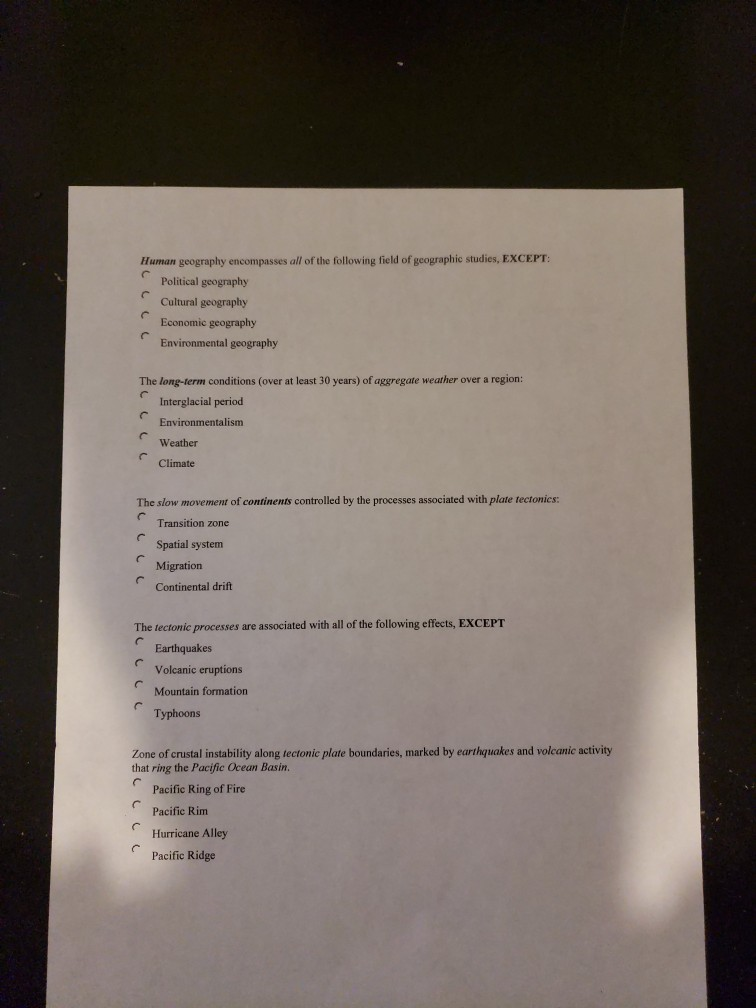Tesla Tire Replacement: Complete Guide to Maintenance Intervals
Understand tesla tire replacement schedules
Tesla vehicles combine cutting edge technology with performance, but like any vehicle, they require regular tire maintenance. Understand when to change your tesla tires is crucial for safety, efficiency, and performance.
Tesla owners oftentimes ask about the ideal replacement schedule for their tires. The answer isn’t one size fits all, as several factors influence tire longevity.
Average lifespan of tesla tires
Tesla tires typically last between 30,000 to 40,000 miles, though this range varies importantly base on several factors. Some owners report get up to 50,000 miles from their original tires, while others need replacements practically shortly.
The average tesla tire lifespan is shorter than conventional vehicles for several reasons:
- Higher vehicle weight due to battery packs
- Instant torque delivery cause increase wear
- Performance orient tread compounds that prioritize grip over longevity
Model specific considerations
Different tesla models have different tire wear patterns:
Model 3:
The nearly efficient tesla typically sees tire replacement around 30,000 40,000 miles with standard driving habits.
Model y:
Being heavier than the model 3, the model y much require tire replacement close-fitting to 30,000 miles.
Model s:
The performance orient sedan, specially in plaid configuration, may need new tires as other as 20,000 miles with spirited driving.
Model x:
The heaviest tesla model put significant stress on tires, typically require replacement around 25,000 35,000 miles.
Factors affect tesla tire longevity
Drive style
The single biggest factor affect tesla tire life is drive style. The instant torque delivery of electric motors mean aggressive acceleration dramatically increase tire wear.
Tesla owners who oftentimes enjoy the rapid acceleration capabilities might need tire replacements double equally oftentimes as those who drive more cautiously. Frequent use of the vehicle’s performance modes besides contribute to faster tire wear.
Tire rotation practices
Regular tire rotations are essential for maximize tesla tire life. Tesla recommend rotate tires every 6,250 miles or if tread depth difference exceed 2/32 inch between front and rear tires.
Proper rotation patterns depend on your tesla model:
- For rear-wheel drive models: front tires move to opposite sides of the rear, rear tires move forward moving on the same side
- For all-wheel drive models: cross rotation pattern (front tires move to opposite rear positions, rear tires move to opposite front positions )
Skip rotations can reduce overall tire life by 5,000 10,000 miles.
Wheel alignment
Proper wheel alignment is critical for tesla tire longevity. Regular slight misalignment can cause uneven wear patterns that necessitate premature replacement.
Tesla recommend check alignment yearly or whenever you notice:
- The vehicle pull to one side
- Uneven tire wear patterns
- The steering wheel sits off center when drive flat
- After hit significant potholes or curbs
Tire pressure maintenance
Tesla vehicles feature automatic tire pressure monitoring systems, but regular manual checks are relieved recommend. Proper inflation pressures are list on the driver’s door jamb sticker.
Underinflated tires cause:
- Increase rolling resistance
- Reduced range
- Faster shoulder wear
- Higher risk of blowouts
Overinflated tires lead to:
- Center tread wear
- Reduced traction
- Harsher ride quality
Maintain proper tire pressure can extend tire life by 15 20 %.
Climate and road conditions
Environmental factors importantly impact tesla tire longevity:
-
Hot climates:
Higher temperatures accelerate rubber compound breakdown -
Cold regions:
Winter tires are frequently necessary but wear fasting on dry pavement -
Rough roads:
Potholes and uneven surfaces accelerate tire wear -
Mountainous areas:
Frequent elevation changes and curvy roads increase wear
Tesla tire replacement indicators
Tread depth measurements
The legal minimum tread depth in most states is 2/32 inch, but tesla recommend replacement when tires reach 4/32 inch for optimal performance and safety. Use a tread depth gauge is the nigh accurate measurement method.
The penny test provide a quick check if Lincoln’s head is visible when insert into the tread, replacement is need.
Visual indicators
Beyond tread depth, watch for these signs that indicate tire replacement is need:
- Uneven wear patterns across the tread
- Crack or bulge on sidewalls
- Vibrations or noise that weren’t antecedent present
- Visible wear bars (rubber strips that appear when tread is low )
- Age relate degradation (tires over 6 years old should bbe inspectedregularl))
Performance changes
Pay attention to how your tesla handles. Wear tires oftentimes manifest as:
- Reduced range (up to 10 15 % loss with worn tires )
- Longsighted stop distances
- Decreased handling precision, peculiarly in wet conditions
- Increase road noise
- Reduced traction during acceleration
Tesla recommended tire options
OEM vs. Aftermarket choices
Tesla vehicles come equip with tires specifically design for electric vehicles. These tires typically feature:
- Lower rolling resistance for improved range
- Noise reduce technology (particularly important in quiet eEVS)
- Weight optimization for efficiency
- Tread patterns design for instant torque delivery
While aftermarket options are available, tesla approve tires are recommendefor maintainingin optimal range and performance characteristics.
All season vs. Seasonal tires
Tesla owners in varied climates must consider seasonal tire changes:
-
All-season tires:
Provide adequate performance year round in mild climates but compromise performance at temperature extremes -
Summer tires:
Offer superior grip and handle in warm conditions but become perilously firmly below 45 ° f -
Winter tires:
Essential for cold weather regions, provide crucial traction on snow and ice
Switch between summer and winter tires in appropriate seasons can extend the life of both sets while maximize safety and performance.
Cost considerations
Tesla tire replacement costs vary importantly:
- Standard model 3 / y tires: $200 300 per tire
- Performance model 3 / y tires: $300 450 per tire
- Model s / x tires: $250 500 + per tire
- Model s plaid / performance tires: $400 700 + per tire
Installation typically adds$200 40 per tire, while alignment services range from $100 200.
Tesla mobile service offer convenient tire replacement at your location in many areas, though prices may be somewhat higher than independent shops.
Maximize tesla tire lifespan
Drive habit adjustments
Simple driving modifications can importantly extend tire life:
- Moderate acceleration from stops
- Anticipate traffic changes to reduce sudden braking
- Use regenerative braking instead than friction brakes when possible
- Maintain steady speeds on highways
- Reduce speed on rough road surfaces
- Avoid aggressive cornering that cause tire scrubbing
Use chill mode rather of standard or sport modes for daily driving can extend tire life by 20 30 %.
Maintenance best practices
Regular maintenance routines essential for maximum tire life include:
- Monthly tire pressure checks (tied with tesla’s automatic monitoring )
- Seasonal pressure adjustments (tires lose astir 1 psi for every 10 ° f drop )
- Tire rotations every 6,250 miles
- Alignment checks yearly or after significant impacts
- Balance tires when vibrations are notice
- Proper storage of seasonal tires (cool, dry location outside from sunlight )
Tesla specific considerations
Some aspects of tesla ownership require special attention for tire longevity:
- Monitor regent braking settings, as stronger settings can increase rear tire wear
- Be cautious with track mode on performance models, as it dramatically increase tire wear
- Consider use range mode for daily drive to reduce power output and tire stress
- Be aware that larger wheel options (20 ” nd 21 “” typically result in shorter tire life than standard 18 ” ” 19 ” w” ls
When to replace all four tires
Tesla mostly recommends replace all four tires simultaneously, especially onall-wheell drive models. This ensures:

Source: motorandwheels.com
- Balanced handling characteristics
- Regular power distribution
- Consistent traction control system operation
- Prevention of drivetrain stress
If the difference in tread depth between tires exceed 4/32 inch, complete replacement is recommended to prevent potential drivetrain damage.
Exceptions for partial replacement
In some cases, replace only two tires may be acceptable:
- When damage occur to a single tire with minimal wear
- On rear-wheel drive models when front tires have importantly more tread remain
- When replace with identical tires to match exist tread depth
If replace exclusively two tires, they should invariably be install on the rear axle irrespective of which wheels are drive, as this provide better stability in emergency maneuvers.
Winter considerations for tesla tires
Tesla vehicles perform wellspring in winter conditions with proper tires. In regions with regular snow or temperatures systematically below 45 ° f, winter tires are powerfully recommended.
Winter tires provide:

Source: howtodrawasuperhero.blogspot.com
- Up to 50 % more traction on snow and ice
- Shorter stop distances in cold conditions
- Better handling in freeze temperatures
- Improved safety during winter driving
Many tesla owners maintain two complete sets of wheels and tires, switch seasonally to extend the life of both sets while optimize performance year round.
Tesla tire warranty information
Tesla’s new vehicle limited warranty does not cover tire wear and tear, as this is considered normal maintenance. Notwithstanding, manufacture defects in tires are cover by the tire manufacturer’s warranty.
Most tires on new teslas come with:
- Tread wear warranties( typically 30,000 50,000 miles)
- Material and workmanship warranties (commonly 6 years )
- Road hazard warranties on some premium tire options
Tesla’s optional extended service agreements do not cover routine tire replacements.
Conclusion: planning for tesla tire replacements
Tesla owners should anticipate tire replacements roughly every 30,000 40,000 miles under typical driving conditions. Performance drive, larger wheel options, and all-wheel drive models may require more frequent replacements.
Build tire replacement costs into your tesla ownership budget is advisable, with annual inspections and regular maintenance help to maximize tire life and performance.
By understand the factors affect tesla tire longevity and implement proper maintenance practices, owners can optimize their driving experience while maintain safety and efficiency. Regular monitoring of tread depth, rotation schedules, and driving habits will help will ensure you get the most from your tesla tires before replacement become necessary.
MORE FROM techitio.com













